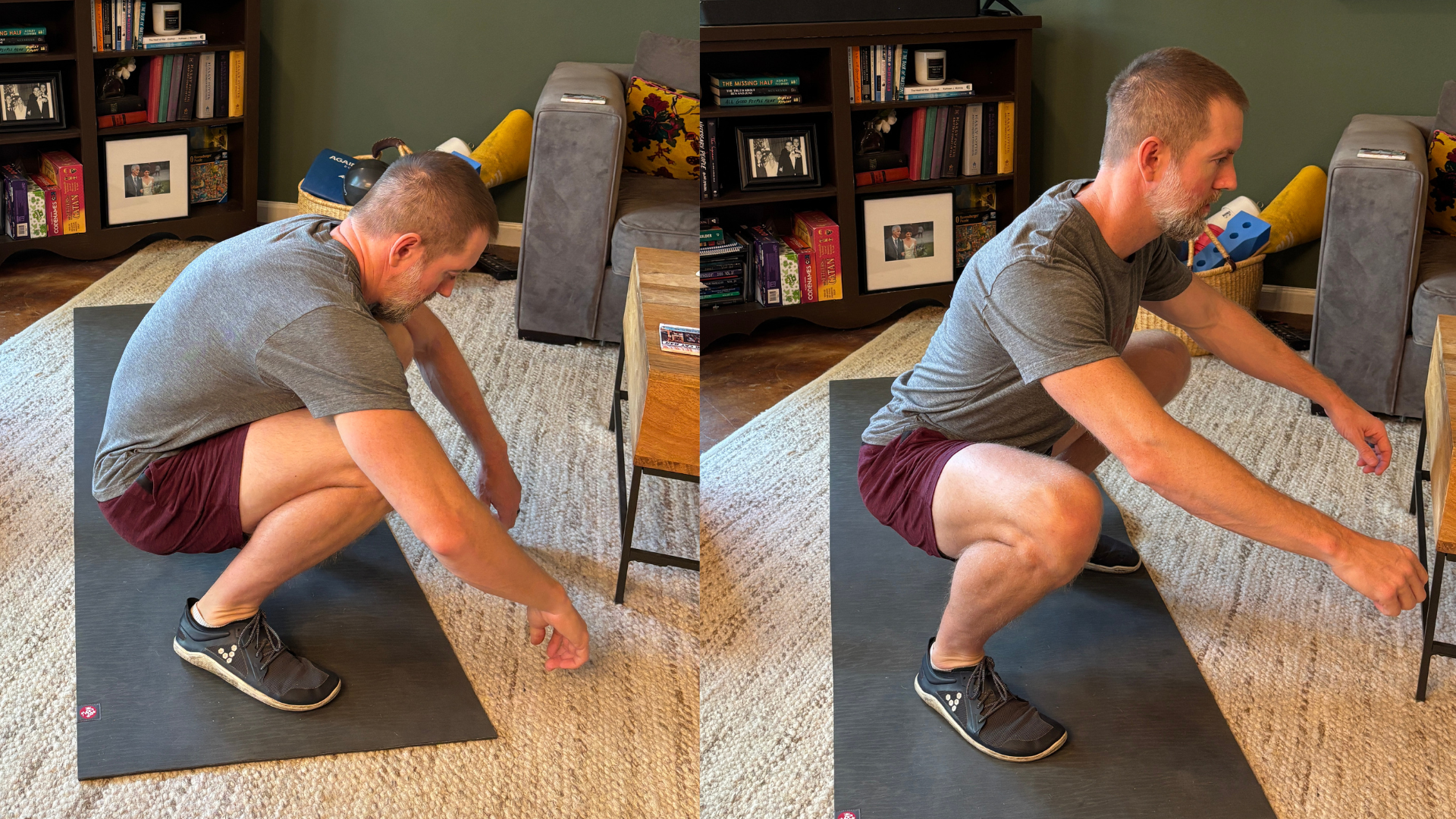Time Efficiency of Cross-Training
Written by Kyle Ligon - MovementLink.FIT Head Coach
In addition to the time efficiency gained by compounding spillover benefits and avoiding diminishing returns, we can intentionally substitute parts of programs with methods from other areas. One example would be, instead of just warming up and cooling down with a slow run or on an exercise bike, we are highly purposeful with our time. We warm-up with the goals of doing functional, yoga-ish-looking exercises to progress our mobility as we simultaneously use those exercises to warm up and prepare for the specific demands of our upcoming workout. Our cool-downs also involve mobility exercises while additionally taking advantage of the similar breathing patterns that we would use to shift us out of fight or flight mode from the workout and into recovery mode. The 10-20 minutes we would already need to spend warming up and cooling down serve a dual purpose of mobility and balance work. With this strategy, we accumulate 1-2 hours of mobility work every week, with no additional time added to our workout program. Not only that, but by basing our exercise and technique selection on functional movement patterns using full ranges-of-motion and always using our technique as our intensity-limiter, the core parts of our workouts continue to build our movement quality and mobility even further. This adds even more to that 1-2 hours of weekly exposure with no additional specific time spent, creating a complete mobility and balance program with no additional time spent.
Although low-intensity exercise also has its place in the MovementLink Method, high-intensity exercise is incredibly time efficient, allowing us to push all aspects of fitness forward in shorter amounts of time. Leveraging high-intensity exercise is a major reason we are able to get so much quality work done in hour long classes.







